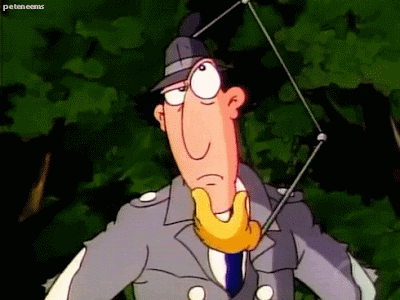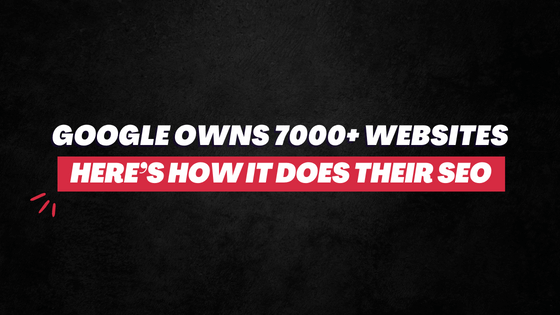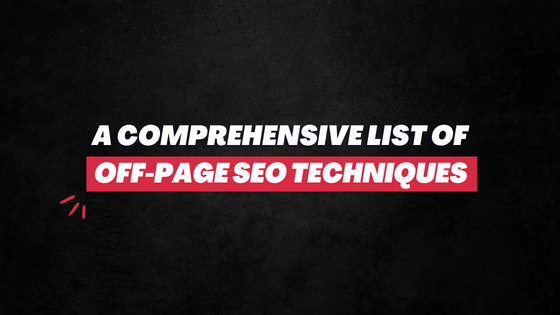There’s a very common misconception among bloggers and webmasters…
Many of them believe that providing an outbound link to any third-party website will leak link juice, which will negatively affect their SEO.
Link juice or link equity is the SEO value (or PageRank) passed from one webpage to another
The end result?
They end up obsessively linking their internal pages to keep the link juice within their website. No outbound links; at least not with the DoFollow tag.
Are you in the same boat? Do you carry the same idea?
Do Outbound Links Hurt SEO?
No. NO.
Do outbound links help SEO?
Yes. YES!
While doFollow outbound links may pass your link authority to some other website (whose traffic you don’t even care about), it has its own direct and indirect benefits.
Let’s take an example first.
Say you’re a school student. An average one. Now you have started hanging out with the bad guys who score poorly and are always getting in trouble.
In the following days, teachers will start to identify you as the bad guy as well because you’re always with that bad bunch.
Now imagine, you’re an average school student who associates with good, class-topping peers. In a few days, teachers will recognize you as a good buy because you’re always hanging out with the good bunch.
Sorry for this poor example. But the outbound link is much similar to this concept.
Benefits of Outbound Links

When you outbound to different websites, it’s much more than just about passing SEO strength.
With this outbound link, the search engines (teachers in our example) better understand the content type and quality of your webpage. It happens in two parts:
1. If you link to some authority website (good guys), Google will think your content has taken good references and resources. Hence, it must be more reliable. Let’s rank it higher on SERPs.
If you link to some third-quality website (bad guys), Google will think your content is associated with poor-quality resources. Hence, it must be just as bad. Let’s demote it.
2. Say your article is about Avatar (movie). If you have provided an outbound link to a high-ranking article on this movie, it will signal to Google that this content is about the Avatar movie and not a character of a video game.
On the other hand, if your article misses any outbound link or has a link to a totally irrelevant webpage (say, fish curry recipe), it will confuse Google and force it to look at other signals to understand the content on the webpage.
And needless to say, causing inconvenience to the search engine can hit your ranking negatively.
In short, high-quality, relevant outbound links help the search engine better understand the content on your webpage and its quality. And the benefits are well-proven even in several pieces of research.
A marketing firm Reboot conducted a study on this topic back in 2016. Spanning over 5 months, the study found a positive correlation between outbound links and the website’s ranking on SERP.

(Moz has a nice article on why you should link out to other websites. Do give it a read.)
Still thinking ‘are outbound links good for SEO’?
Perhaps this ranking signal may not have as big of an impact as quality content and backlinks, but it does have a positive SEO effect nonetheless.
And at a time when the competition is so high in every niche, even a small edge over your competitor can make a big difference.
Besides, let’s not forget the indirect benefits of outbound links.
When you link to another website, you open the doors for networking opportunities.
Plus, the publisher or owner of that linked webpage may decide to link you back or promote your content on their social channels. More traffic. Woot!
Now the next most obvious question is…
How Many Outbound Links Per Page?
Or, how many outbound links are too many?
There isn’t any one particular answer to this question. You are advised to provide as many links (internal and outbound) in an article as you require to make that content most resourceful to the readers. It could be one or a hundred.
Aside from your requirement, a lot also depends on the length of your content.
If it’s a 200 words article, you simply cannot include 10 outbound links. It would look fishy and spam.
But to be clearer, as I have discussed in the When to DoFollow and NoFollow post…
Here are 3 things to remember:
- Have a higher number of internal links than outbound links. Keep the ratio 2:1. For every 2 internal links, have 1 outbound link.
- Have no more than 2 links (internal and external) every 150 words. This means if your article is 900 words, a total of 6 internal and external links are safe and sufficient. And following the above ratio, here you would have 4 links back to your internal pages and 2 links to a third-party URL.
- If you have to link back to a poor-quality website, use the NoFollow tag.
Note: Your entire webpage possibly have more links to internal and outbound webpages (in sidebar, menu, more). So also be attentive to this. Although the rule is outdated now, a webpage with less than a total of 100 links is a safe choice.
Use this tool to check links count on your webpage.
So, don’t shy away from outbound links out of some misplaced beliefs. It’s an easy yet ignored on-page SEO technique that can fuel your ranking.



